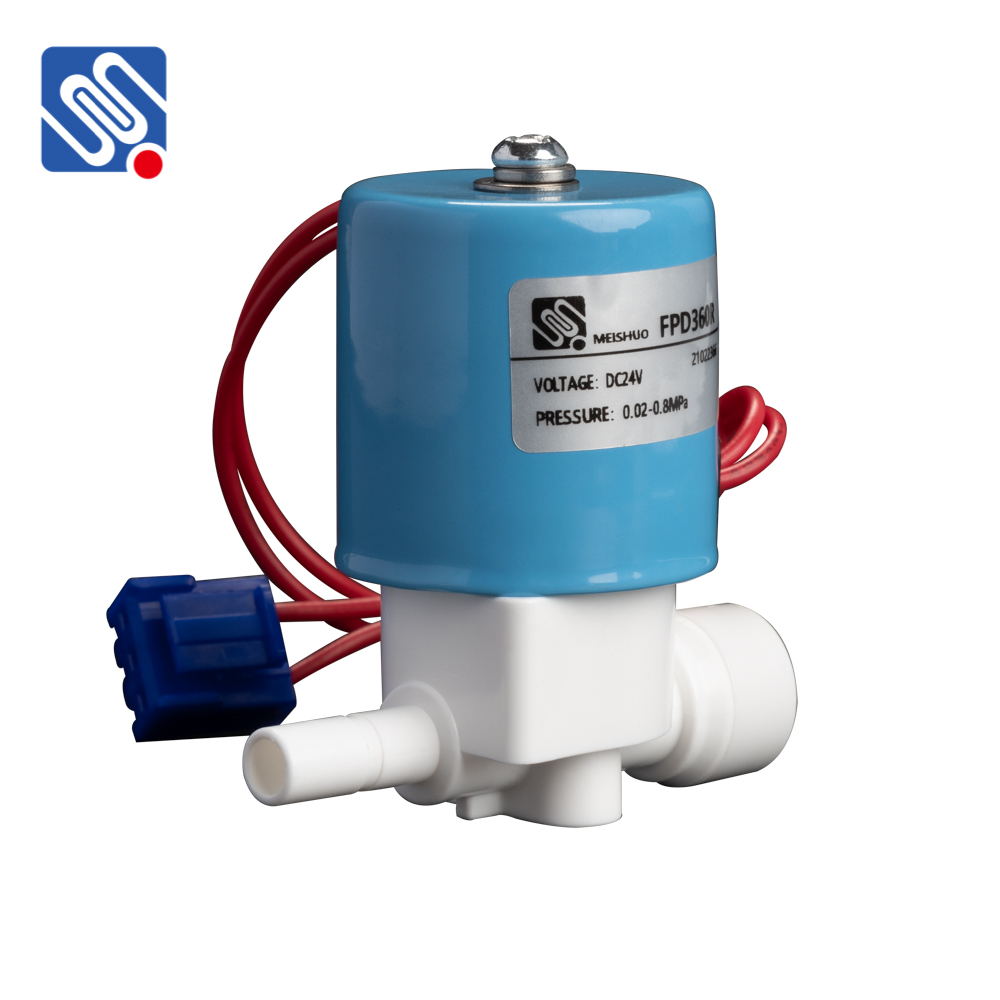The advent of automation in irrigation has significantly enhanced the efficiency of watering systems, making them more adaptable, energy-efficient, and easier to manage. At the heart of many modern irrigation setups is the Watering System Solenoid Valve, a crucial component that allows for automated control of water flow in gardens, lawns, agricultural fields, and hydroponic systems. These valves use electrical signals to control the flow of water, providing convenience, reducing water wastage, and helping users maintain healthier plants with minimal effort.

What is a Watering System Solenoid Valve? A Watering System Solenoid Valve is an electrically-operated valve that regulates the flow of water in an irrigation system. It uses a solenoid, which is an electromagnetic device, to open or close the valve. When an electrical current flows through the solenoid, it generates a magnetic field that moves a plunger inside the valve, either allowing water to pass through or cutting it off. The solenoid valve can be controlled by a timer or an irrigation controller, allowing for scheduled and precise irrigation. This automatic control not only saves time but also ensures that water is applied efficiently, depending on the needs of the plants.